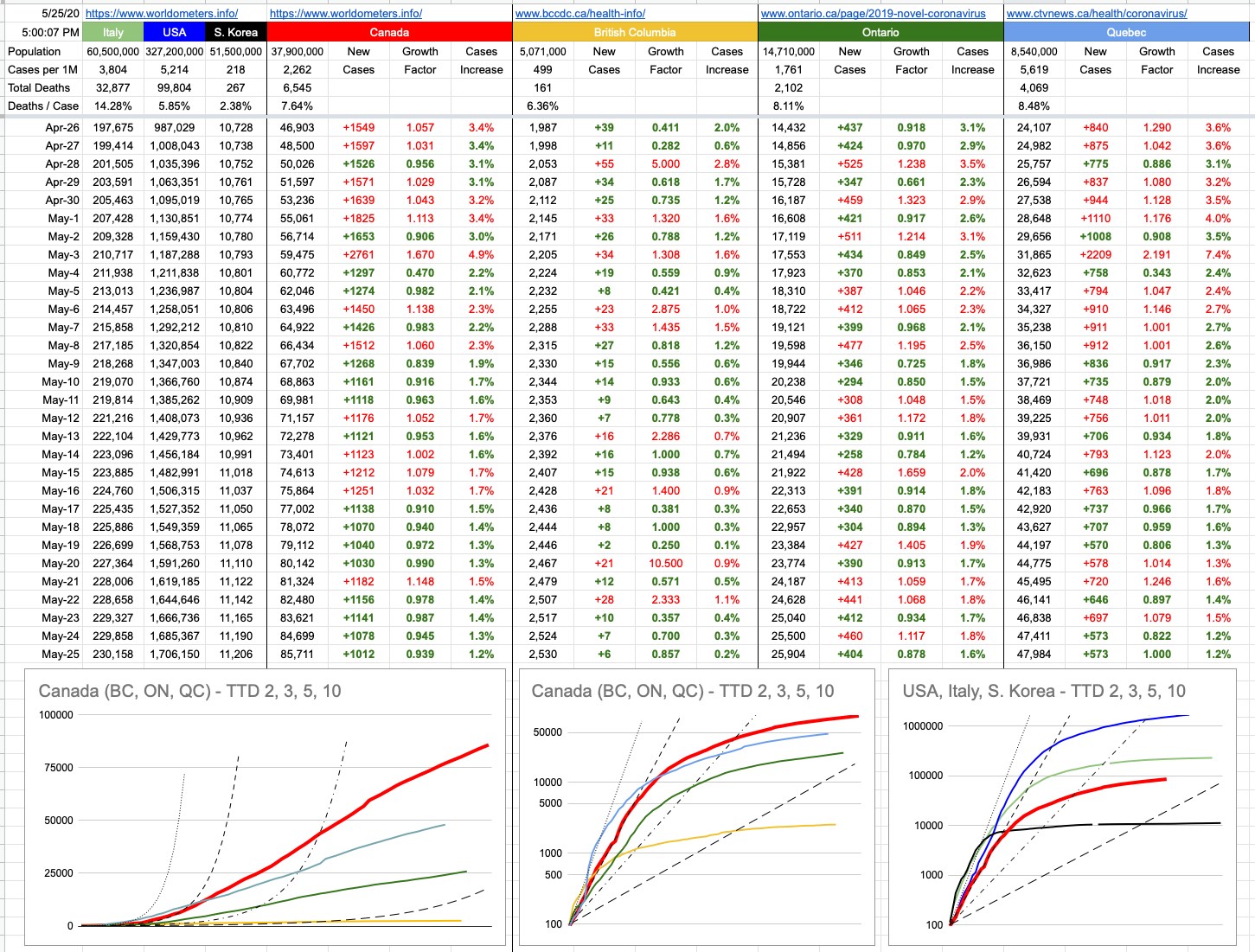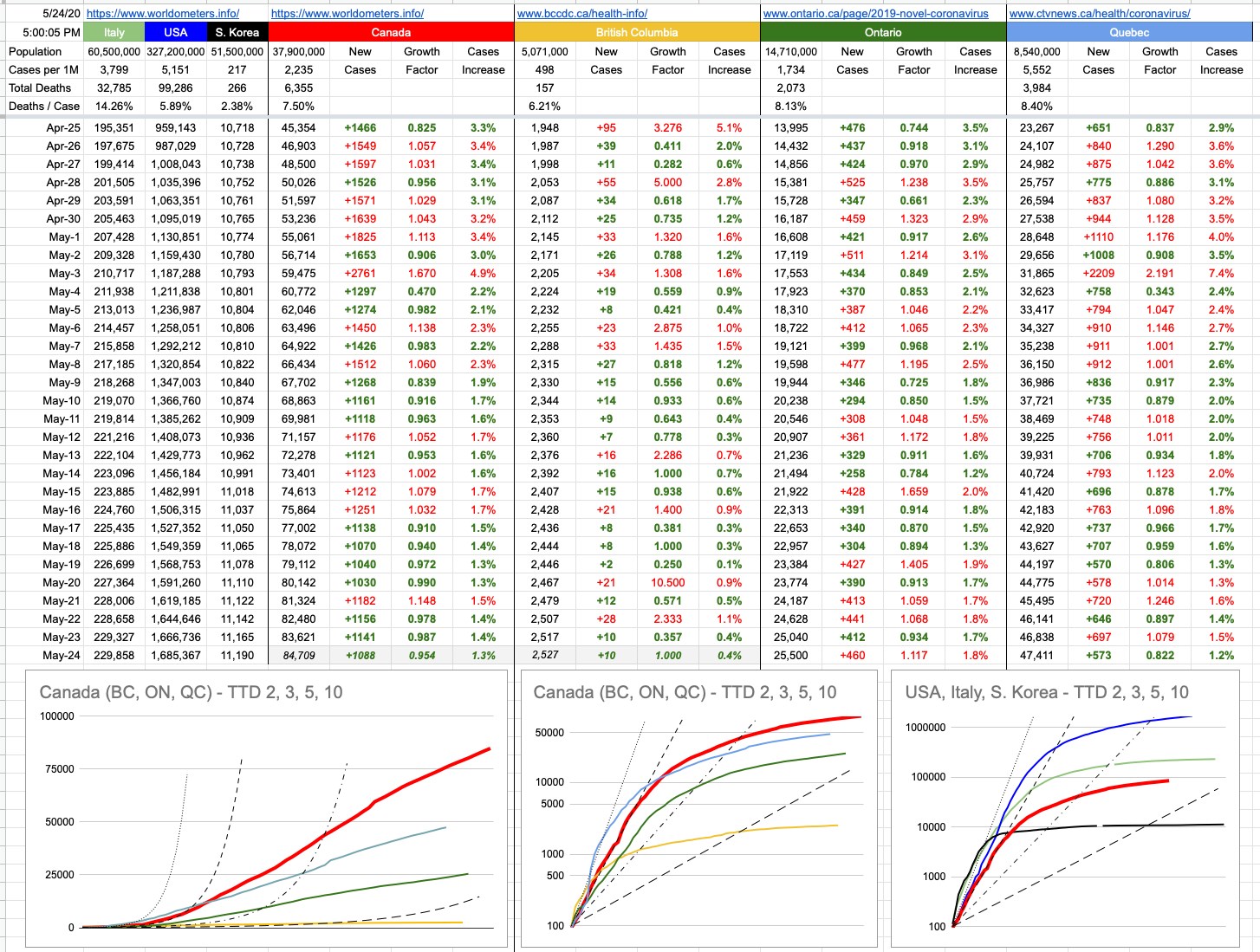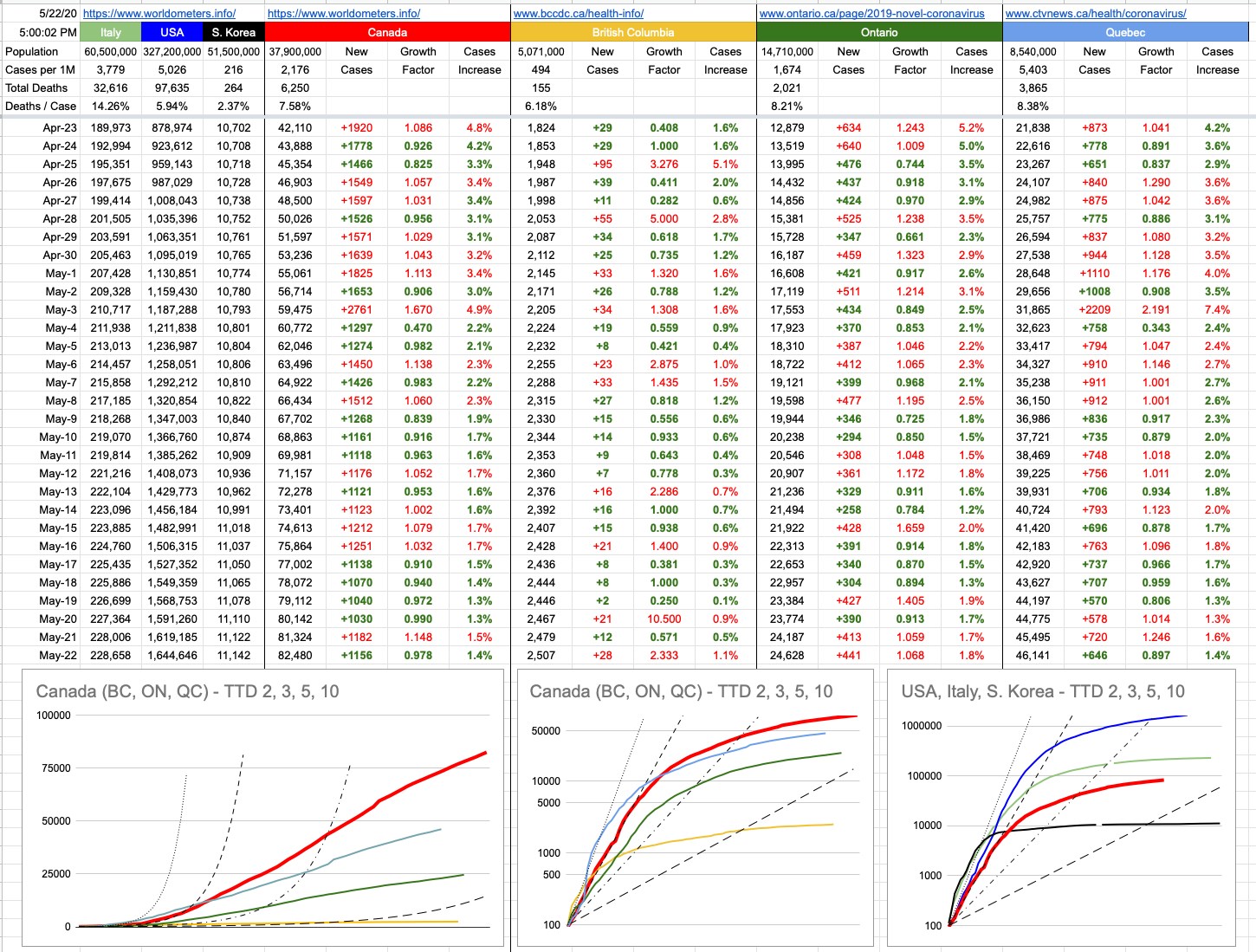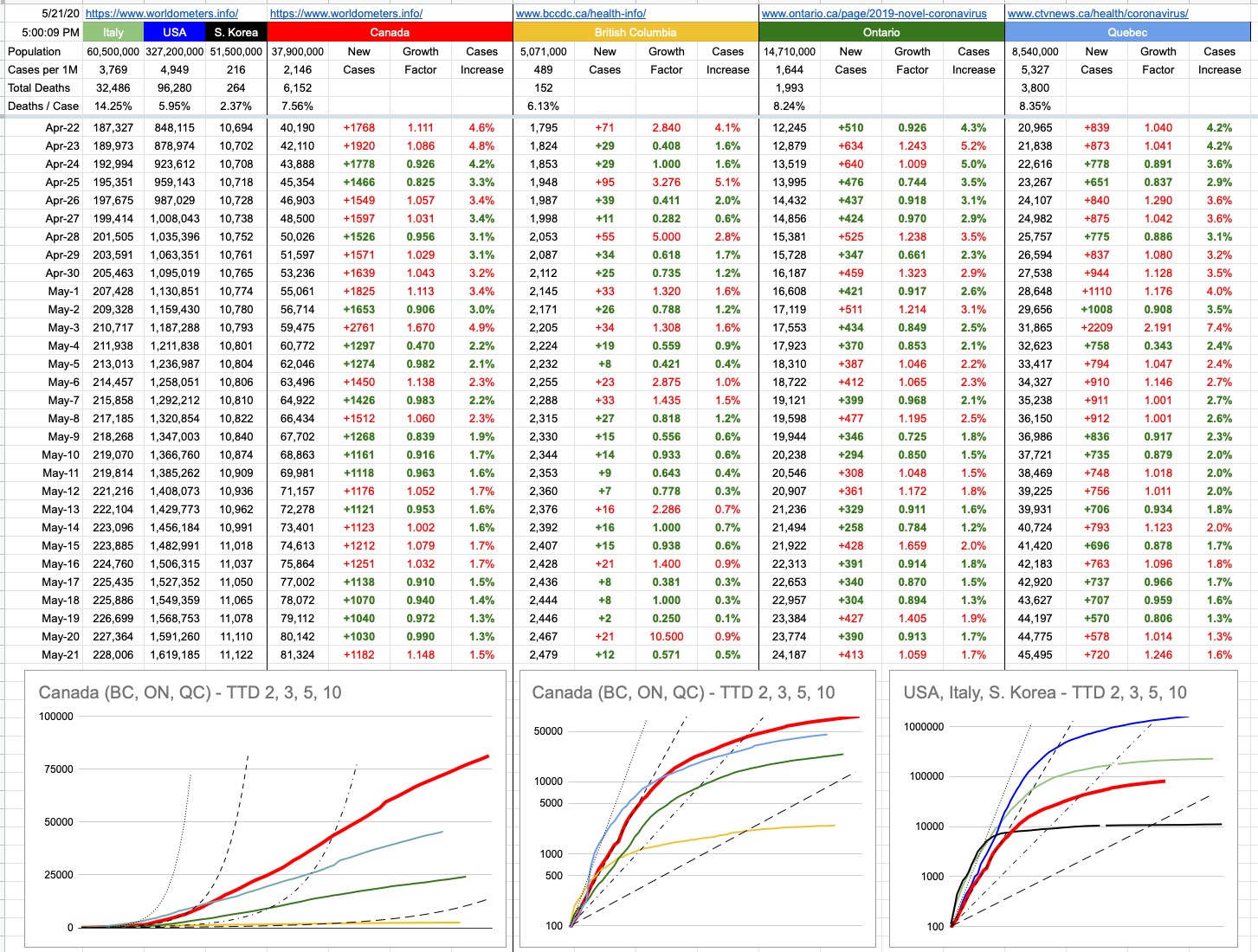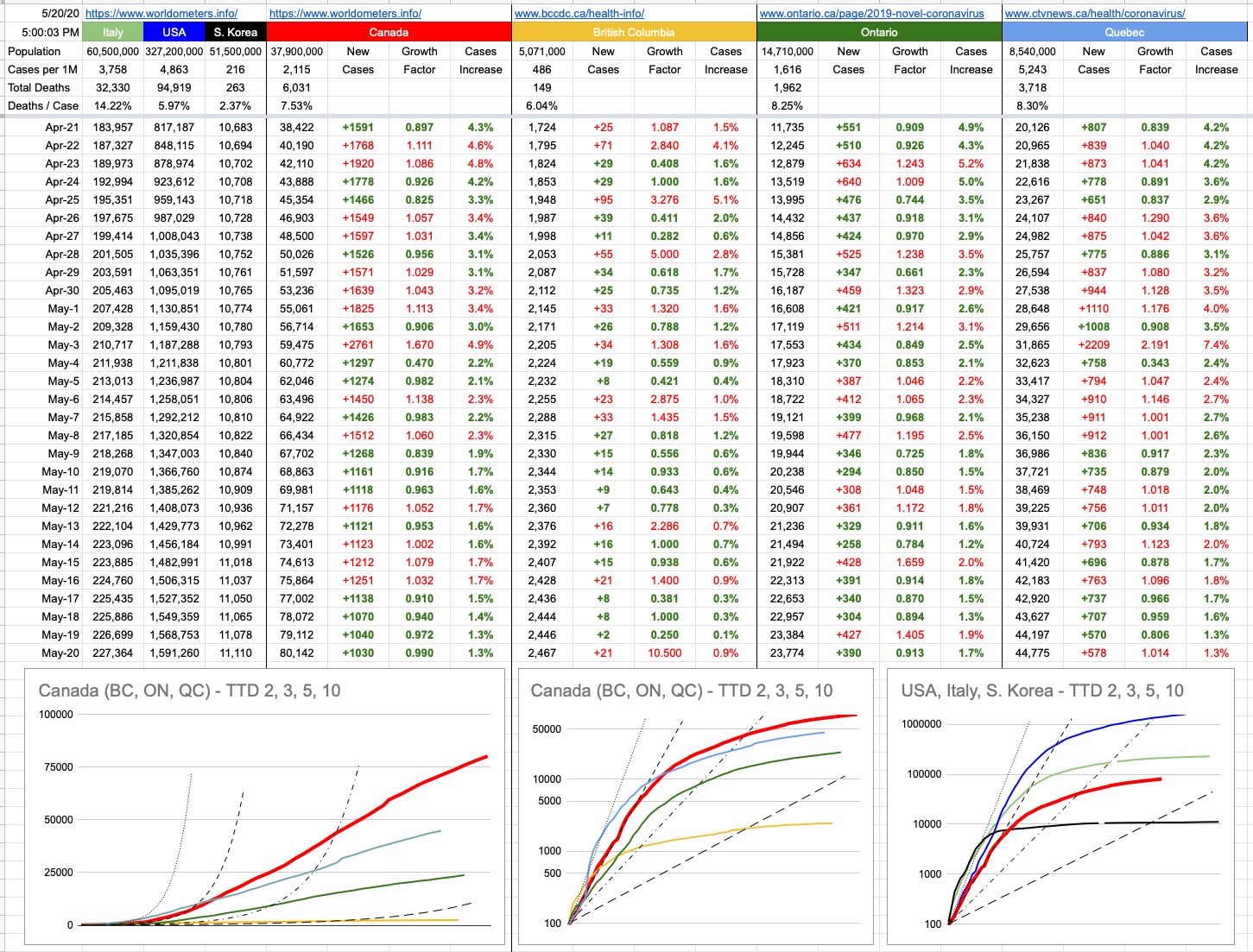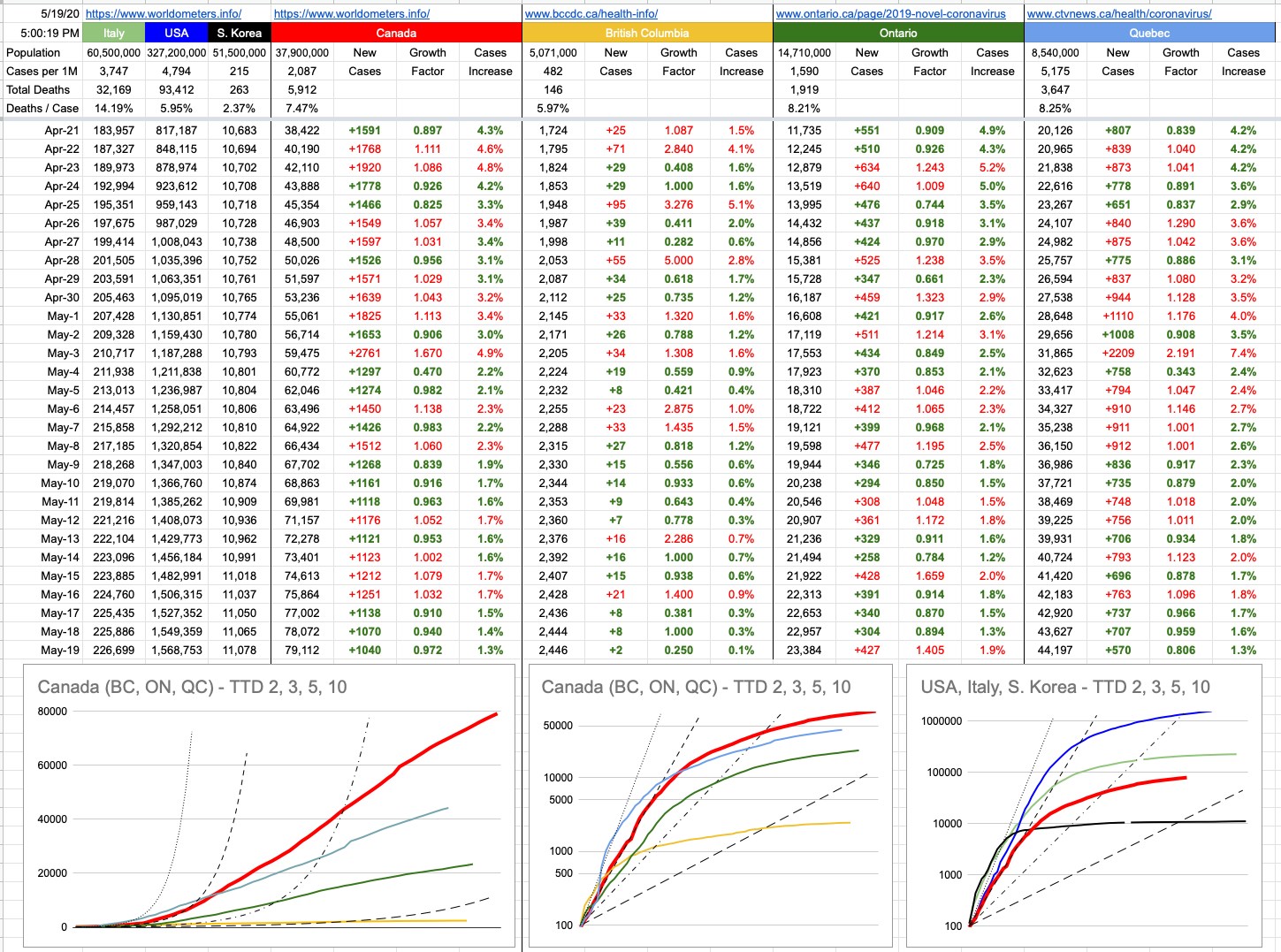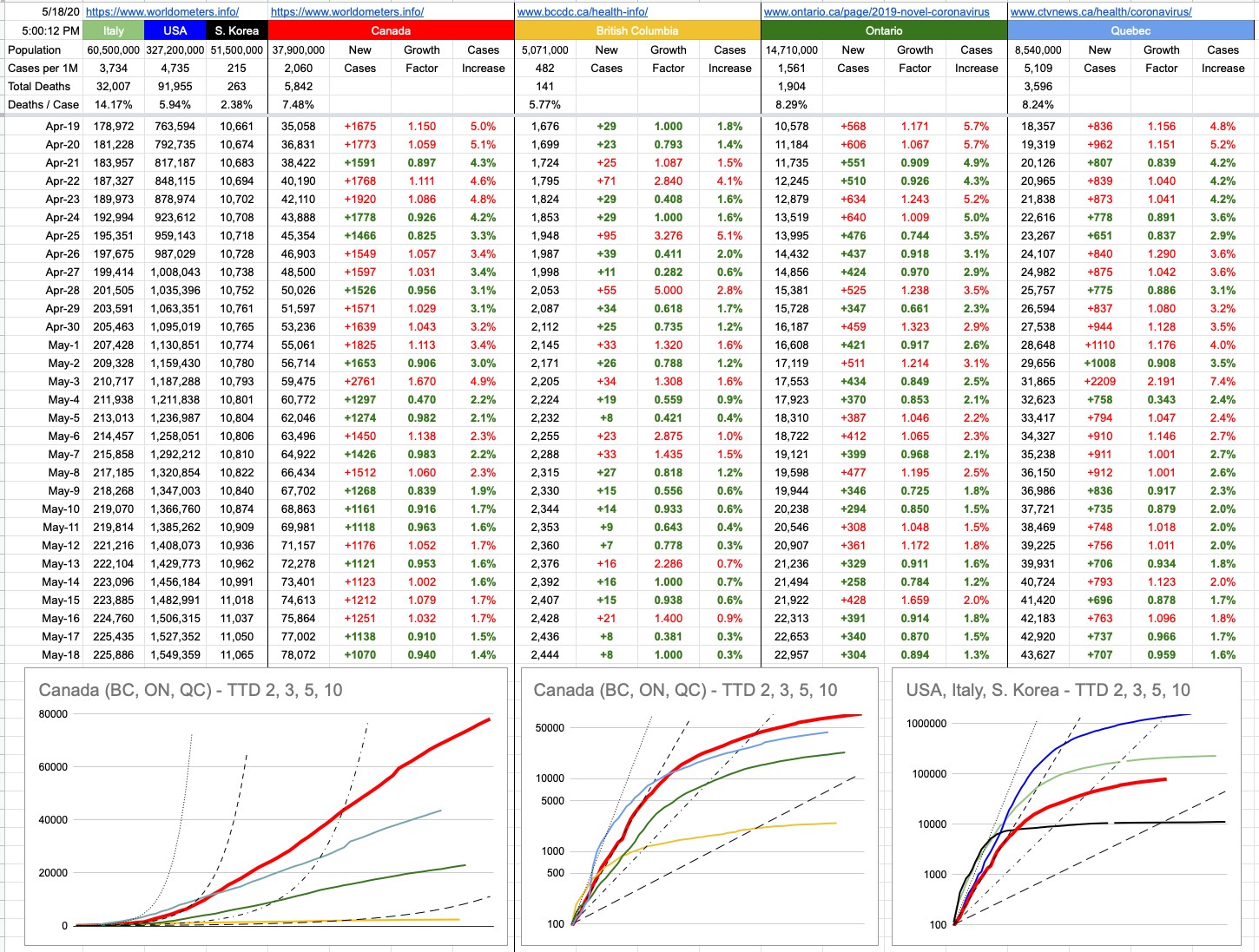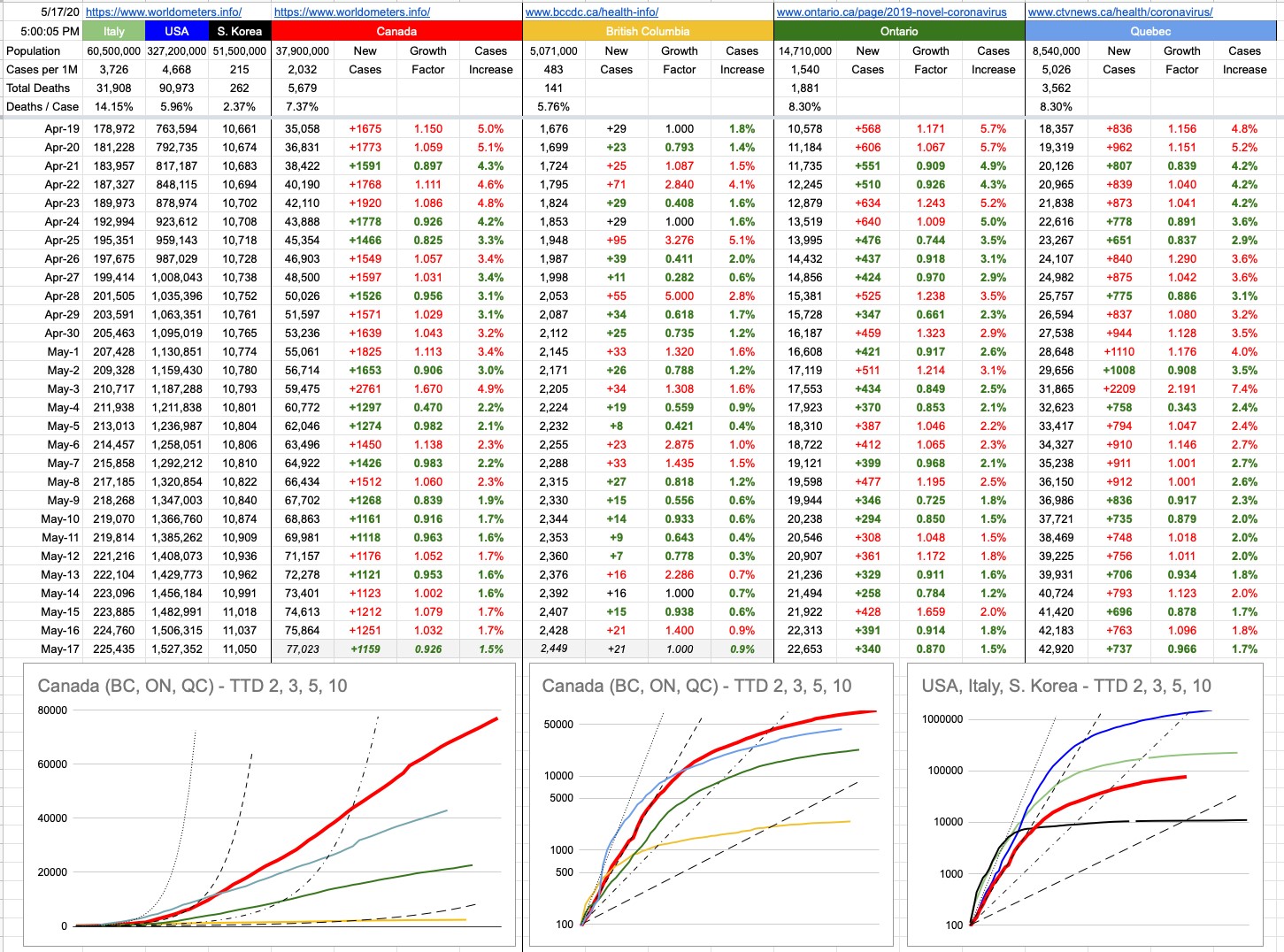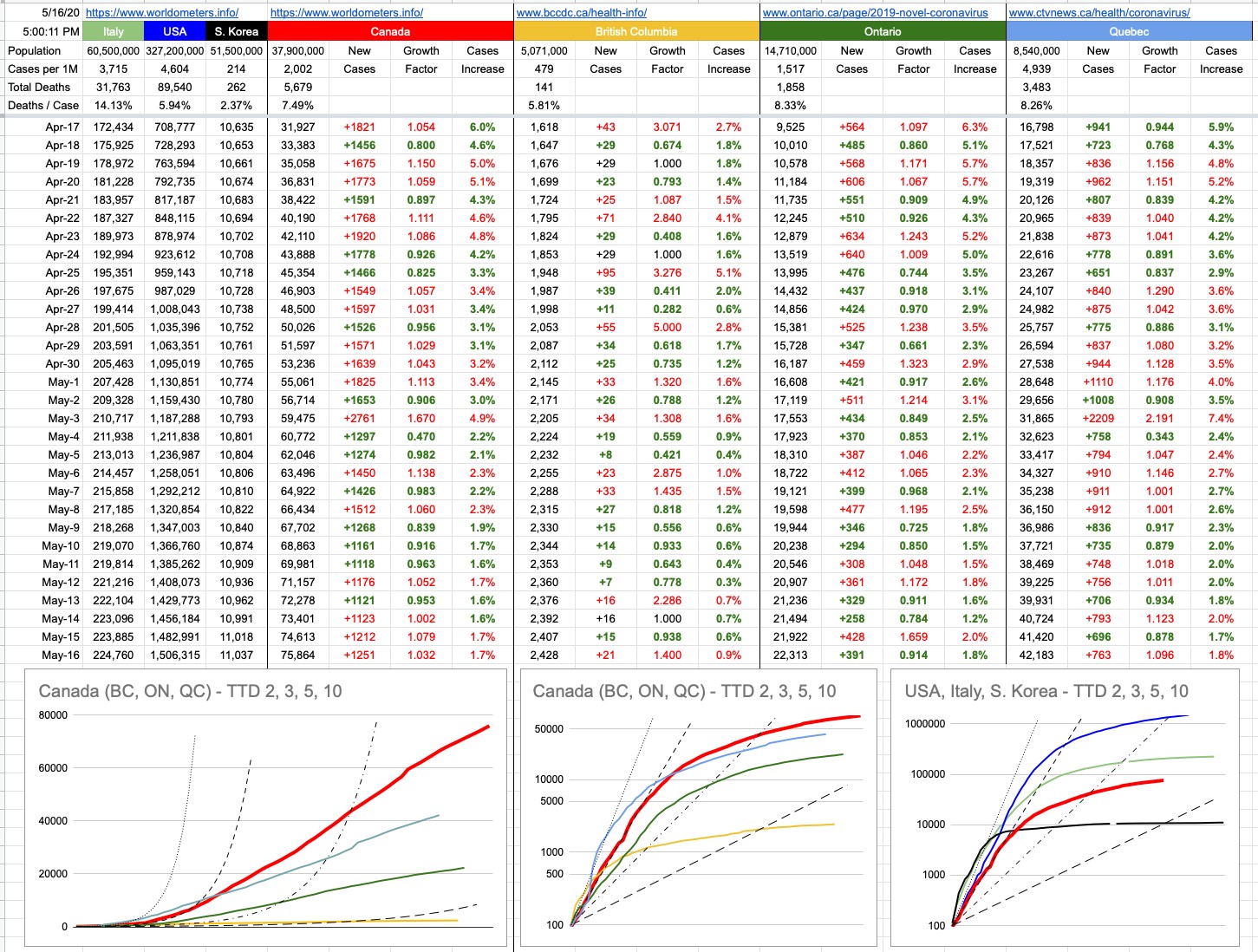Day 70 – May 25, 2020
Yesterday’s post was met with a wide range of reaction, and the questions and comments lead me to think a bit of clarification and more detail would be appropriate. Some of those comments came from Swedes themselves, a little bit upset at being painted somewhat ruthlessly; to clarify, I’m speaking about leadership and their policies; not the general population, many of whom don’t agree with the official policy in the first place. And to also clarify, I’m not implying their leadership and epidemiologists are evil. They simply came up with a strategy, and it’s not working as they’d hoped. So, här är del två…
I first wrote about Sweden on April 10th… more than 6 weeks ago. I welcome you to scroll down and find it — it’s a pretty good summary of where things stood at that point, what measures where (and weren’t) in place, and what I thought of the whole idea. And sure, “What do you know?” is a fair question to ask of me… especially 6 weeks ago. We’re all continually asking the question of each other, and hopefully learning something. That same article also mentions a famous letter signed by more than 2,000 Swedish doctors, scientists and professors… the contents of which can be summarized succinctly as it relates to government policy (which hasn’t changed): “They are leading us to catastrophe”.
First of all, let’s clarify exactly what is meant by herd immunity.
Herd immunity is where enough people of a population are immune to the extent that the infection will no longer spread within that group. The more infectious a disease, the higher that percentage has to be. For example, mumps is very contagious. It has an Rø of 10 to 12, meaning every infected person will infect, on average, 10 to 12 others. Left unchecked, this would lead to 95% of the population getting infected. After that, the population can be considered to have acquired herd immunity, and the other 5% will inherit the benefit of that… because at that point, there’s no one left to catch it from. Measles has similar numbers. That particular herd-immunity threshold is very high, and can only be reached via vaccination because allowing everyone to catch either of those horrible diseases is not an option. And these days, completely preventable.
With the way the math works, the higher the Rø, the higher that herd immunity threshold. For COVID-19, estimates seem to run between 1.4 and 3.9. Both of those numbers seem extreme, but for the record, they imply a range of 29-74% to achieve herd immunity. An Rø of 2.3 seems to be generally accepted, implying herd immunity could be achieved with 57% of the population having become infected.
Is that likely in Sweden? Anywhere?
Before we answer that, it’s worth noting that the policy-makers in charge in Sweden have been backing away from claiming this was the idea in the first place. It’s a mixed message for sure, and it’s changed over time. I think it’s reasonable to assume it was the original intent; shelter those most at risk (an impossible task, but that’s also a different discussion) and then let the virus do as it may. But, to confuse things a bit, while businesses were to be open, a vast number of Swedes, not too different from Americans in some confused places, said to hell with what the government tells us; we will take our lead from others, perhaps like those 2,000 who signed that letter.
That’s intelligent on their part, but certainly affects the plan of “get the virus out there”. You can’t have it both ways, and perhaps you end up in a purgatory of sorts… where there’s too much illness to be handled properly, but nowhere near enough to be even close to establishing herd immunity. Indeed, by an order of magnitude, nobody on the planet is even remotely close. What do we need? 70% 60%? I’ll give you 50%. What’s Sweden at? Maybe 9%. More likely closer to 7%. And let me clarify… I am in no way blaming Swedish society for not doing their part; I’d have done the same thing, isolating myself and not frequenting crowded places. Even without any sort of lockdown, achieving herd immunity was not going to happen. Even if it were possible, it’d take years. To be sure, there are a lot more people who’ve been infected than we know… but still… that Stanford study that implied infection rates 50 to 85 times higher than thought… there are problems with that study, but let’s take it at face value… where are we at with that, near San Francicso? 2%. Nobody is even close to herd immunity, and it’s likely nobody will get there. Of course, a vaccine achieves that instantly, and that’s why we’re diligently aiming in that direction.
That sad thing about Sweden is that they could’ve seen it coming, but did nothing to prevent it. The U.K. tried this strategy… shelter the weak, keep things open, weather the storm… and bailed on it around March 17th. The U.K. was only at around 2,000 cases, but it was the drastic nature of growth that led them to quickly understand how bad this could get. Sweden had seen its 1,000th case by then, but it wouldn’t have been too late to re-evaluate then. Or the next day. Or any of the 40+ days since.
There is a discernible and not-too-surprising pattern emerging around the world; here are the worst three countries… for total cases, and daily new cases. In other words, not only have they seen the most cases, but they’re all still growing — faster than anyone else: U.S., Brazil, Russia. What do they have in common? Here’s a hint: Trump, Bolsonaro, Putin. Try changing those minds.
The Prime Minister of Sweden, Stefan Löfven, is no renegade populist. He’s a social democrat. And he’s dealing with a population of only 10 million people. It’s not great now, but it’s not too late. I wrote recently about the joys of being wrong, and the opportunities it affords. Perhaps it’s time for Sweden to give it some thought.
View Original Post and All Comments on Facebook


